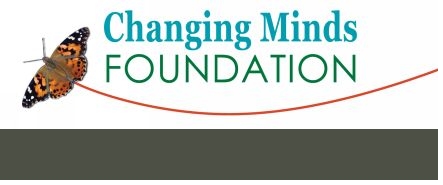
Bilobalide, a sesquiterpene trilactone from Ginkgo biloba, is an
antagonist at recombinant a1h2g2L GABAA receptors
Shelley H. Huanga, Rujee K. Dukea, Mary Chebibb, Keiko Sasakic,
Keiji Wadac, Graham A.R. Johnston
Adrien Albert Laboratory of Medicinal Chemistry, Department of Pharmacology, Faculty of Medicine, University of Sydney, Sydney, NSW 2006, Australia
Pharmaceutical Chemistry, Faculty of Pharmacy, University of Sydney, Sydney, NSW 2006, Australia
Department of Hygienic Chemistry, Faculty of Pharmaceutical Sciences, Health Sciences University of Hokkaido, Ishikari-Tobetsu, Japan
Herbal Medicines Research and Education Centre, Faculty of Pharmacy, University of Sydney, Sydney, NSW 2006, Australia
Abstract
The sesquiterpene trilactone bilobalide is one of the active constituents of the 50:1 Ginkgo biloba leaf extract widely used to enhance memory and learning. Bilobalide was found to antagonize the direct action of g-aminobutyric acid (GABA) on recombinant a1h2g2L GABAA receptors. The effect of bilobalide on the direct action of GABA at a1h2g2L GABAA receptors expressed in Xenopus laevis oocytes using two-electrode voltage-clamp method was evaluated and compared with the effects of the classical GABAA receptor competitive antagonist bicuculline and noncompetitive antagonist picrotoxinin. Bilobalide (IC50 = 4.6F0.5 AM) was almost as potent as bicuculline and pictrotoxinin (IC50 = 2.0F0.1 and 2.4F0.5 AM, respectively) at a1h2g2L GABAA receptors against 40 AM GABA (GABA EC50). While bilobalide and picrotoxinin were clearly noncompetitive antagonists, the potency of bilobalide decreased at high GABA concentrations suggesting a component of competitive antagonism.
D 2003 Elsevier Science B.V. All rights reserved.


















